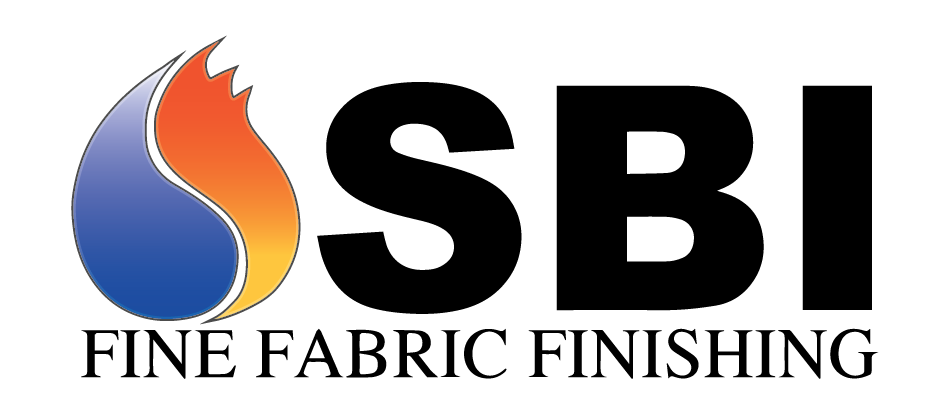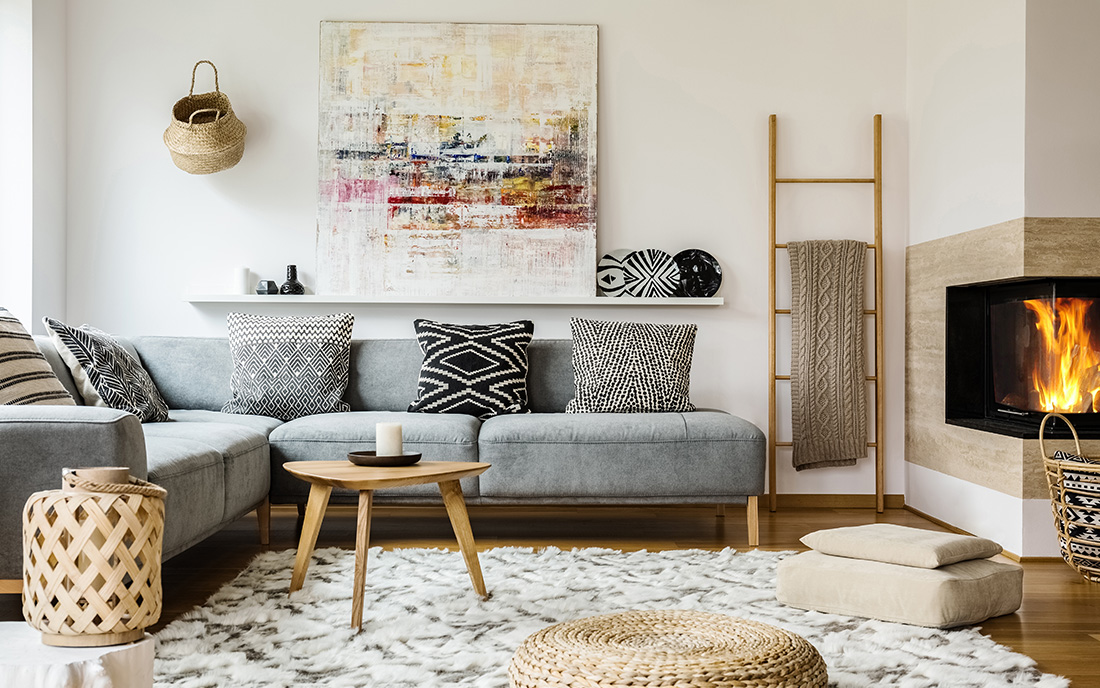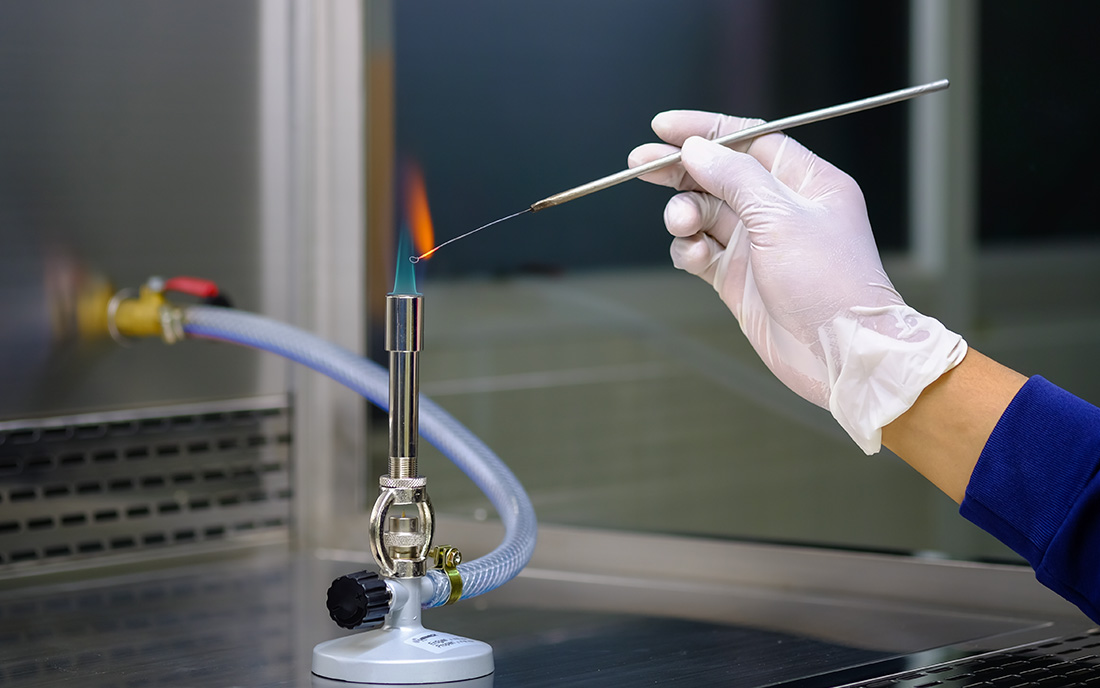For commercial textile applications local jurisdictions often require that fabric and woven materials meet fire codes to prevent fire and explosion hazards. Fire code requirements vary by region. Contact your local fire marshal to determine what fire code your fabric is required to meet. When unspecified, we treat drapery fabrics to meet NFPA 701 Small Scale and upholstery fabrics to meet NFPA 260. These are the most commonly specified and most universally accepted tests for drapery and upholstery fabrics.
NFPA 701 Small Scale: Measures the resistance to ignition of a material (usually draperies or hospital cubical curtains) when subjected to a very severe flame exposure while the material is held in a slightly restrained vertical position.
Upholstery fabrics
NFPA 260: Classifies upholstery fabric based on its propensity to resist cigarette ignition when tested in combination with a standard foam cushioning material.




